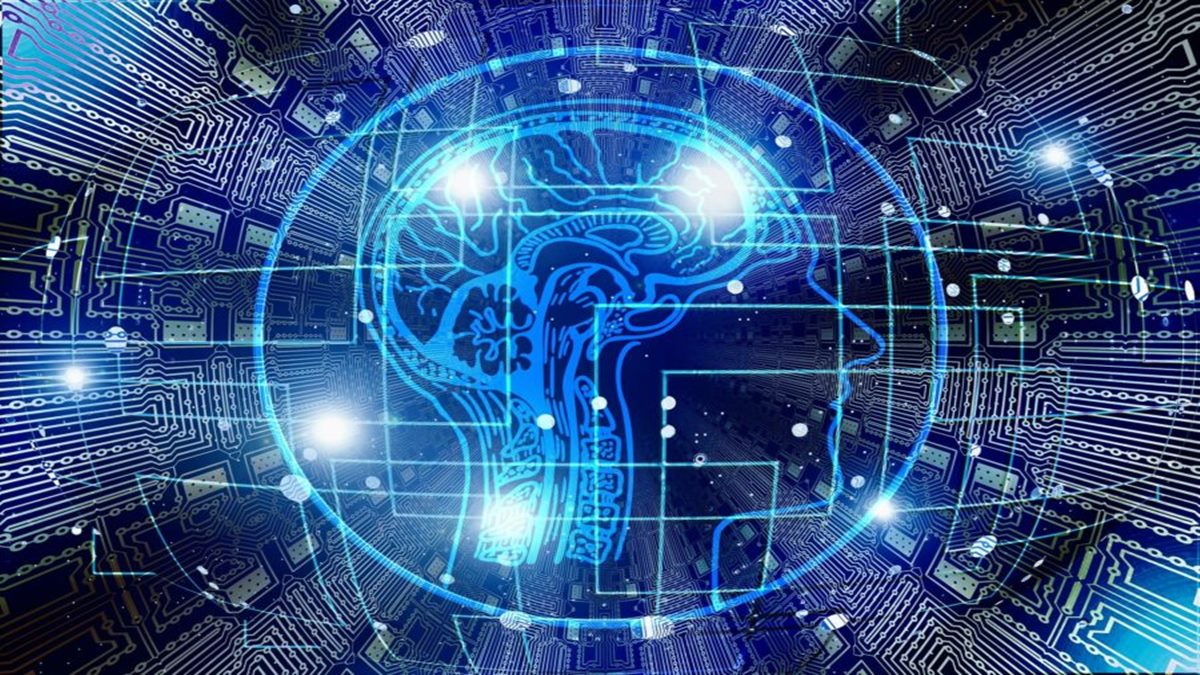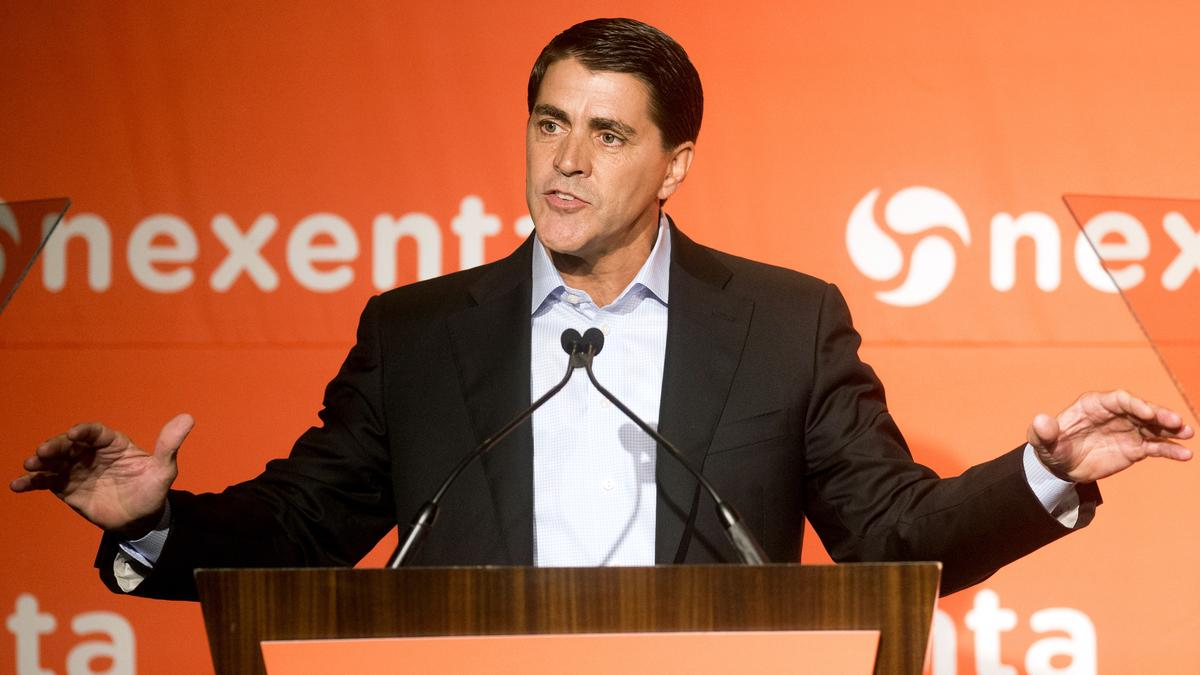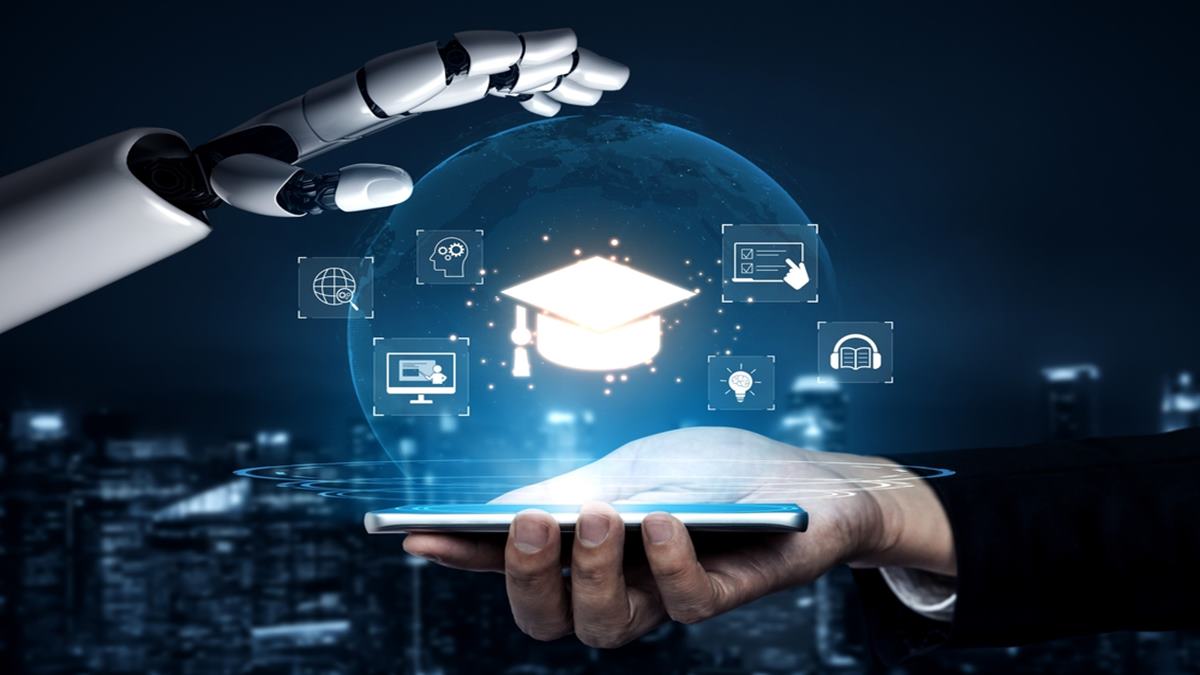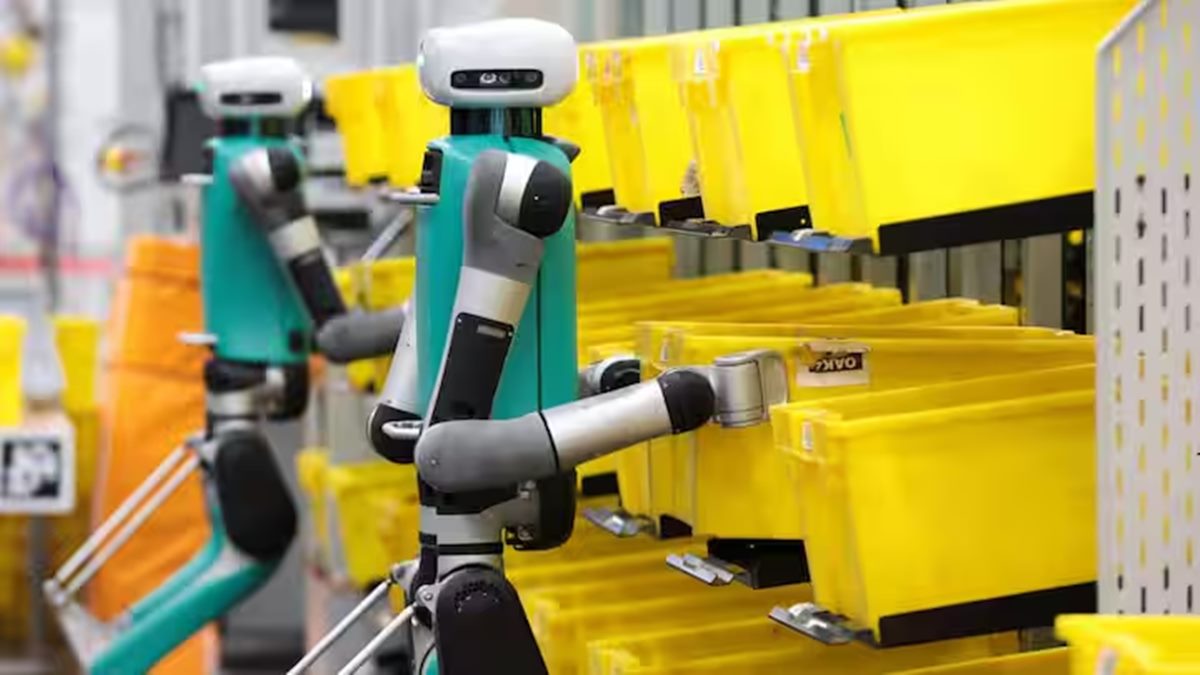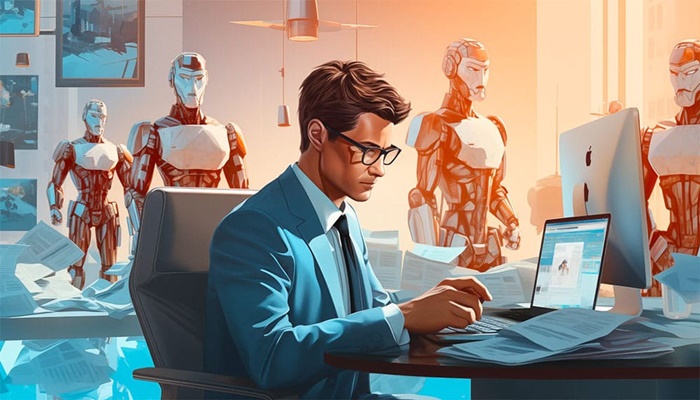For too long, the conversation around AI and the workforce has been shrouded in fear and speculation. But the reality, according to IDC research, is far more optimistic—and urgent. Half of all CEOs believe their organizations are fully prepared for digital labor. Are you among them, or are you still strategizing with yesterday’s playbook?
This isn’t about incremental change; it’s about a fundamental re-architecture of your workforce. The seismic shifts are already underway, and leaders who fail to act decisively will find their organizations outmaneuvered and outpaced.
The Great Reassignment: Beyond Job Loss Hysteria
Forget the alarmist headlines about mass job displacement. While certain routine, rule-based entry-level positions will undoubtedly be impacted, the narrative is far more nuanced. CEOs anticipate nearly 80% of their workforce will be either reassigned or unaffected by AI’s rise. That’s 38% moving to new roles or departments and 42% continuing business as usual.
This isn’t about fewer people; it’s about different people doing different work. The digital labor economy will create a wave of entirely new roles supporting AI-enabled operations. We will always need human ingenuity for nuanced judgment, emotional intelligence, strategic thinking, and, crucially, to guide and manage the AI itself. A focus on workforce transformation and preparing people for the jobs of tomorrow is the best way for today’s leaders to write this new chapter.
Your Future Team: A Hybrid of Humans and Holograms
Think of your future team not just as human employees, but as a dynamic blend of human talent and AI agents. Shibani Ahuja, Salesforce’s SVP of Enterprise IT Strategy aptly explains that agents require the same rigor in onboarding as their human counterparts:
- Job Descriptions: Clearly define their purpose, scope, and responsibilities.
- Data Provisioning: Grant precise, need-to-know access, not a free-for-all.
- KPIs and Metrics: Establish clear performance indicators for their tasks.
- Engagement Channels: Determine where and how they will interact (e.g., Slack, CRM).
- Key Card: Define the “doors they are allowed to open and not,” setting clear boundaries.
This isn’t just about efficiency; it’s about accountability and oversight in an increasingly AI-driven environment. We like to think of this in a 4R’s framework:
- Redesign how work gets done by building human-and-agent workflows, augmenting human judgment and creativity with AI speed and scale.
- Reskill your employees with the skills needed to guide, lead, and scale with agents.
- Redeploy talent strategically to maximize agility. Salesforce uses Career Connect to understand what skills employees have and match them to curated learning paths and new roles.
- Rebalance work by orchestrating seamless human-AI partnerships, leveraging tools like Agentforce Command Center to observe agent performance, scale what works, and fix what doesn’t.
How to Transform your Team for Success in the AI Era
Actionable Strategies for Team Transformation
Today, 67% of CEOs agree that agentic AI is critical for competitive advantage in the current economic environment. And, 72% of CFOs say AI agents will transform their business model. The time for observation is over. Here’s how to move from passive awareness to proactive leadership:
1. Re-think the Hiring Process: From Search to Conversation
Anthony Moisant, Indeed’s Chief Information Officer and Chief Security Officer recently predicted that in five years, people won’t search for jobs. It will be a conversation on what you need, what you love, etc. This isn’t just wishful thinking; it’s a blueprint for a more human-centric, AI-powered hiring process:
- AI as Your Talent Matchmaker: Leverage AI to understand candidates’ hard and soft skills, aspirations, and what truly motivates them.
- Democratize Career Coaching: Offer personalized career guidance, previously reserved for a select few, to your entire workforce.
- Focus on Growth, Not Just Tasks: Recognize that many entry-level roles serve as vital learning grounds. AI can’t replace the need for fresh talent pipelines that will grow into creative, relational, and strategic leaders.
What’s a Career Coaching Agent?
Let’s double click on a scenario imagined by Salesforce Futures about a career coaching AI agent that’s working for employees – not just the company – and what this might look like.
Imagine Mira, a customer relationship manager who relies on her AI agent to manage both her admin tasks—calendar, priorities, and focus time—and her career path, so she can concentrate on customers.
While Mira is working, a message interrupts her, announcing a request for a high-priority meeting with a customer, Danson, in 15 minutes. Not only does the agent notify her of the last minute ask, but it also says, “Danson did not include an agenda, but all recent project deliverables have been met on time, and satisfaction ratings on the project have been high. Here’s a summary of recent project activity in case it’s needed.”
After receiving an invitation to partner on another project with Danson, Mira’s AI helps her navigate all of her projects and opportunities, aligning them with her values and long-term goals. The AI agent might even surface new opportunities or relevant connections internally at the company to guide her path.
2. Take a “Tasks-First” Approach
Stop thinking about how AI fits into your existing structure. Instead, re-imagine your workflows and tasks with AI at the core, and then strategically inject human intelligence. What are the trends and signals worth paying attention to?
- Task-Based Team Design: Break down your company’s objectives into tasks. Identify which can be fully automated, which are AI-assisted, and which demand human creativity and judgment.
- Hyper-Focused Insights: With AI handling data gathering and trend analysis, your human teams can move beyond descriptive reporting to truly understand causal relationships and model future scenarios.
- Move Beyond Your Function: AI can quickly process information across the entire organization, enabling a holistic view that transcends traditional departmental silos.
3. Create the Roles of Tomorrow, Today
Today, most large enterprises delegate decision-making on customer touchpoints to individual teams who optimize based on their siloed incentives to log a transaction (e.g. social media, sales, etc.). Rarely do companies really architect the entire customer journey, because doing so at scale is so hard.
However, a real-time 360-degree view of the customer is finally possible, along with the ability to interact with a customer across any channel. And this means a new customer relationship strategy is needed. Who will own those decisions? We believe that the “Chief Relationship Officer” is poised to emerge to take responsibility for this new domain of strategic customer management.
Other ways roles might shift include:
- AI Experts Embedded in Teams: The future isn’t a separate “AI department.” It’s embedding AI experts onto smaller, agile teams, seamlessly blending technical acumen with domain knowledge.
- Distributed Management at Scale: Imagine AI agents trained on a CEO’s voice and principles, providing consistent, scalable guidance and a broader range of perspectives to the entire organization.
What’s a C-Suite Voice AI Agent?
We’ve all experienced the frustration of repeatedly revising a presentation or project, only to find it still doesn’t meet our manager’s expectations. What if there was an agent that your manager trained in their own voice, deck or presentation preferences, particular way to report on data, and more?
Imagine if every C-Suite leader had their own “ask me” agent that could bring together all the stakeholders for your work to test run ideas, projects, presentations, etc. You would cut out a ton of guesswork and make your work shine. Plus, diverse perspectives can introduce ideas and presentation methods that enhance the effectiveness of your work.
4. Upskill with Purpose: Simulations, Not Slogs
The exhaustion that AI training feels like “another job” is real. The solution isn’t more lectures; it’s experiential learning and keeping purpose at the forefront of innovation.
- Prototype Culture: Lower the barriers to innovation. Empower employees to build and experiment with AI solutions without needing coding expertise. Shift from “taking tests” to “building things.”
- Rich Simulations: Adult education often fails to achieve results. Pilots, who train in immersive simulations are the rare exception. AI is making it easier than ever to create compelling, job-specific simulations that foster deep learning and develop skills that are directly applicable to the work we do.
- Shift to Purpose: You need a purpose to motivate people to change. The purpose of agentic transformation should center around customers, which most employees find meaningful and motivating.
5. Plan for a Human-Centric Future: Beyond the 9-to-5 Grind
Sanjna Parulekar, Salesforce’s CMO of AI, hopes AI will help us reclaim a manageable 9-to-5 workday. At the same time, China’s 996 culture – which stands for a 9am to 9pm workday six days a week – has a growing foothold in the US, especially in tech.
There’s a Salesforce blog about the manageable workday written three years ago that still rings true. Longer hours have been proven to NOT increase productivity. In fact, after working 50 hours per week, productivity per hour declines sharply according to a study from Stanford University. And any work over 55 hours is pointless. And on a daily basis? Five hours is about the maximum for deep human focus. So, how do we get to a truly manageable workday?
This vision is within reach, but it requires intentional planning for:
- Re-emphasis on Human Connection: With AI handling transactional tasks, the value shifts to human-to-human relationships, fostering deeper collaboration and creativity.
- Meaningful Work: AI can automate the “meaningless” and repetitive tasks, allowing your human workforce to focus on high-impact, engaging work that truly adds value.
- The Four-Day Work Week (and Beyond): As productivity soars, explore how AI can enable a healthier work-life balance, drawing inspiration from countries already embracing shorter workweeks and “right to disconnect” policies.
The Clock is Ticking. Are You Ready to Lead?
The AI workforce revolution is not a threat to be managed; it’s an opportunity to be seized. The leaders who embrace this shift, imagine the jobs of tomorrow, strategically re-architect their teams, and proactively empower their people will leapfrog their laggards in the next few years. The future of your workforce is being written right now. Will you be the author, or simply a character in someone else’s story?










